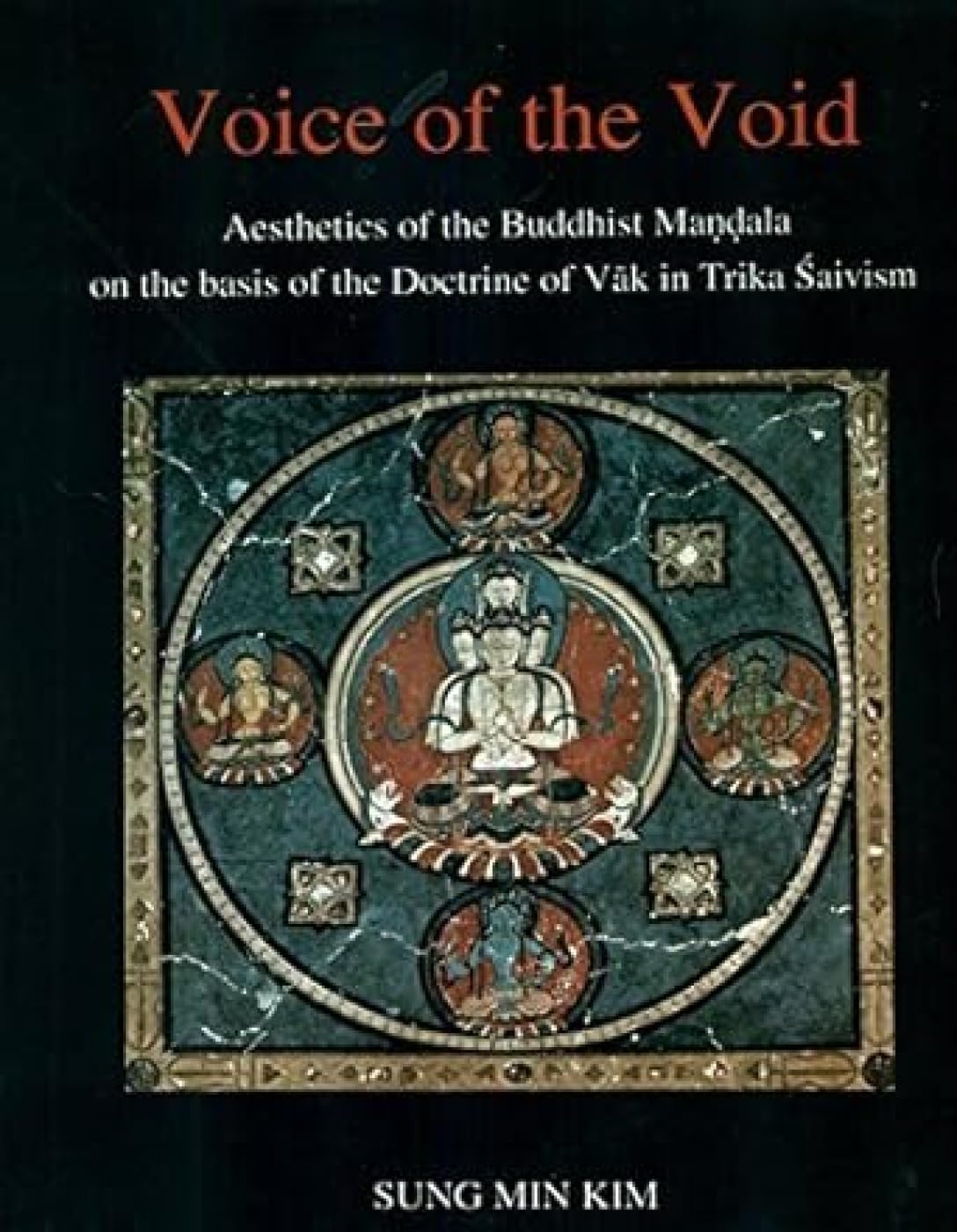Voice of the Void: Aesthetics of the Buddhist Mandala on the Basis of the Doctrine of Vak in Trika Shaivism
Voice of the Void: Aesthetics of the Buddhist Mandala on the Basis of the Doctrine of Vak in Trika Shaivism is backordered and will ship as soon as it is back in stock.
Couldn't load pickup availability
Genuine Products Guarantee
Genuine Products Guarantee
We guarantee 100% genuine products, and if proven otherwise, we will compensate you with 10 times the product's cost.
Delivery and Shipping
Delivery and Shipping
Products are generally ready for dispatch within 1 day and typically reach you in 3 to 5 days.
Book Detail
- Author: Sung Min Kim
- Binding: Hardcover
- Number of Pages: 308
- Release Date: 01-04-2015
- EAN: 9788124607565
- Package Dimensions: 11.1 x 8.6 x 1.2 inches
- Languages: English
Description
This book delves deeply into the philosophical and aesthetic dimensions of Buddhist mandalas, exploring how the visible forms of mandalas relate to their invisible essence, particularly the concept of shunya (void). The author investigates the relationship between the physical form of mandalas and their spiritual significance, uncovering how the vivid colors of the mandalas represent the concept of shunya, a key aspect of Buddhist philosophy.
Key Highlights:
- Analysis of Mandalas: The research focuses on the mandalas depicted in monastic complexes of Tabo and Alchi in the Western Himalayas, examining how their visual elements enhance spiritual experiences.
- Buddhist Philosophy: It draws from texts in the Yoga-Tantra tradition, with a focus on tantric visualization practices, to uncover the internal experiences and philosophical meanings behind mandalas.
- Vak (Word): The book introduces the concept of vak (word, subtle sound, voice) as a crucial link between the shunya and the perceptible forms of mandalas, referencing the Trika Shaivism tradition of Kashmir.
- Aesthetic and Visual Principles: It provides a technical analysis of the visual forms of mandalas using the four levels of vak, interpreting their aesthetic dimensions and uncovering the deeper layers of meaning embedded within their colorful patterns.
This scholarly work offers a unique perspective on how the aesthetic forms of Buddhist mandalas can be understood through both philosophical and spiritual lenses. It's essential for readers interested in Buddhist philosophy, art, spirituality, and the interplay between form and void.





